#This took me ages
Text



because evan... i love you. i love you. i love you to the core.
buy me a coffe 💌
#this took me AGES#and it didnt turn out quite like i wanted it to but whatever#evan buckley#eddie diaz#buck x eddie#buddie#evan buck buckley#buddie art#buddie fanart#my art#usergoose#911 art#911 fanart#911 abc#911 on abc#911abc
502 notes
·
View notes
Text

please hold ^_^
(my favourite office worker of all time)
#THIS TOOK ME AGES#absolutely screaming crying throwing up#wjokeo art#hermitblr#hermitcraft season10#hermitcraft 10#hermitcraft#hermitcraft fanart#grian#grian mc#grian fanart
719 notes
·
View notes
Text
What if I cleaned up the kiss animation?
#toh#the owl house#willow park#hunter toh#hunter noceda#willow toh#huntlow#animation#do not animate in procreate#this took me ages
2K notes
·
View notes
Text



This post translates directly to @musas-sideblog's about how Touchstarved ties with Victorian horror and implicit/metaphorical sex, and I couldn’t stop thinking about it, so here is a lengthy theory. Enjoy :)
Note 1: Victorian era authors used an unholy amount of ways to imply sexual feelings/acts etc, so I here I will include only the ones that are of interest.
Note 2: I've highlighted the "most important" parts.
Note 3: I'm not an expert at this, so please bear with me and feel free to correct me.
Note 4: Do I need to add a TW? I think it's obvious-

Overview: What is Victorian Horror?
Victorian horror refers to the genre of horror literature, art, and culture that flourished during the Victorian era, roughly from the mid-19th century to the early 20th century, coinciding with Queen Victoria's reign from 1837 to 1901. This period was marked by a fascination with the macabre, the supernatural, and the dark aspects of human nature, reflecting the anxieties and societal changes of the time.
Key Themes and Characteristics
Supernatural Elements:
Ghosts and Spirits: Tales of haunted houses and spectral apparitions were central to Victorian horror. Charles Dickens's "A Christmas Carol" (1843) and Henry James's "The Turn of the Screw" (1898) are notable examples.
Monsters and the Gothic: The era's literature is filled with monstrous creations and gothic settings, such as in Mary Shelley's "Frankenstein" (1818), Bram Stoker's "Dracula" (1897), and Robert Louis Stevenson's "Strange Case of Dr Jekyll and Mr Hyde" (1886).
Science and the Unknown:
The Victorian period was a time of great scientific advancement, but also of fear about the implications of these discoveries. This is evident in works that explore the dangers of unchecked scientific experimentation, like "Frankenstein" and H.G. Wells's "The Island of Doctor Moreau" (1896).
Exploration of the Human Psyche:
Victorian horror often delved into the darker aspects of the human mind, including themes of duality, madness, and the hidden, sinister side of human nature. This is seen in "Dr Jekyll and Mr Hyde" and Edgar Allan Poe’s works, such as "The Tell-Tale Heart" (1843).
Social and Moral Anxieties:
The literature frequently reflected Victorian society's fears and anxieties, including issues related to sexuality, class, and the role of women. Gothic novels often contained subtexts about societal norms and the consequences of transgressing them.
Urban Fear and Isolation:
The rapid urbanisation of the Victorian era contributed to themes of isolation, alienation, and fear of the crowded yet lonely cityscape. This is evident in the settings of many horror stories, such as Arthur Machen's "The Great God Pan" (1894).
Sexual Content: Victorian literature is renowned for its strict moral codes and conservative views on sexuality. Explicit depictions of sexual activity were considered taboo and were subject to censorship. Consequently, authors developed subtle and nuanced methods to imply sexual scenes or themes.
Literary Techniques for Implying Sexual Scenes
✧ Symbolism and Imagery:
Sexuality was often conveyed through symbolic imagery. Objects, actions, or natural phenomena could serve as metaphors for sexual activity or desire. For example, in "Dracula" by Bram Stoker, blood and biting symbolise sexual penetration and the exchange of bodily fluids, infusing the act with a sense of forbidden desire and eroticism.
Clothing and Undress:
Gloves: In Victorian culture, gloves were highly symbolic. The act of a woman removing her gloves in the presence of a man, or a man assisting her in this act, could signify a moment of intimacy or vulnerability. Similarly, a man giving a woman his gloves could be a sign of affection or a deeper connection.
Hats and Bonnets:
Corsets
Objects and Personal Items:
Locks of Hair
Jewellery
Books and Letters
Touch and Physical Contact:
Kissing Hands
Hand-Holding
Food and Drink:
Wine: Sharing wine or a meal in an intimate setting often suggested a prelude to deeper connection. Descriptions of characters drinking wine together in private could imply a romantic or sexual undertone.
Fruit: Certain fruits, like apples, grapes, or peaches, were laden with sexual symbolism. Eating or sharing fruit could represent temptation or indulgence. For instance, in Christina Rossetti’s poem "Goblin Market", the act of eating the goblin fruit is rich with sexual symbolism.
Flora and Fauna
Flowers and Gardens:
Roses: Roses were often used to symbolise love and passion. A red rose might suggest romantic or sexual attraction, while a wilted rose could imply lost innocence or sexual ruin.
Lilies: Lilies, especially white ones, represented purity but could also suggest a contrasting theme when associated with a fallen or tarnished character.
Garden Settings: Scenes set in secluded gardens or amongst lush, overgrown vegetation often hinted at secret or forbidden encounters. Descriptions of characters wandering through or tending to gardens could imply sexual exploration or awakening.
Flowers Blooming or Opening: The blooming of flowers often represented sexual awakening or the act of losing one's virginity.
Nature Imagery:
Rivers and Water: Flowing water and rivers often symbolised sexual desire and the act of lovemaking. For instance, in "Tess of the d'Urbervilles" by Thomas Hardy, Tess's encounter with Alec d'Urberville is often described with metaphors of nature and fluidity.
Storms and Weather: Storms, with their intense energy and sudden outbursts, were frequently used to symbolise sexual passion or climactic moments.
Birds and Beasts:
Animals, especially those that are wild or predatory, often symbolised primal sexual instincts and desires. The taming or interaction with these animals could imply a character’s grappling with their own sexuality.
Fire and Heat
✧ Phrases and Sayings
Euphemistic Language
Descriptive Phrasing
Dialogue and Confessions
Private Spaces:
Secluded or Dimly Lit Rooms: Scenes set in private, darkened rooms often suggested clandestine sexual encounters. The privacy of the setting allows authors to imply what could not be explicitly stated. In Wilkie Collins’s "The Woman in White", many key interactions happen in secluded spaces, hinting at secrets and hidden desires.
Dreams and Fantasies:
Dream Sequences:
Dreams and fantasies were used to explore a character’s subconscious desires and fears, often revealing their suppressed sexual longings. These sequences provided a socially acceptable way to delve into erotic themes.
Hallucinations and Madness:
Moments of madness or hallucination could serve as a metaphor for overwhelming passion or uncontrollable sexual desire. These states allowed characters to express forbidden feelings in a way that was metaphorically safe.
Physical Interactions and Horror
Touch and Proximity as Menace:
Unwanted or Forced Touch: In horror, touch that is typically a sign of affection or intimacy becomes a source of fear.
Physical Closeness in Horror Settings: Close proximity in dark, secluded places amplifies the sense of claustrophobia and vulnerability, turning what could be an intimate setting into one fraught with terror.
Undress and Exposure in Horror:
Loosening Corsets and Vulnerability: The act of undressing or loosening clothing, which can be a prelude to intimacy, in horror often leaves characters vulnerable to attack or exposure of their deepest fears.
Food and Consumption in Horror
Cannibalism and Vampirism:
Blood as Sexual and Vital Fluid: The act of consuming blood, as in vampirism, blends the themes of sustenance and sexual exchange. The vampire's bite becomes a metaphor for both sexual penetration and the transfer of life force.
Example: "Dracula" is a prime example where blood consumption is deeply eroticized, with Dracula’s victims often portrayed in a state of ecstatic submission as he drains their blood.
Food as a Lure: Food and feasting, typically symbols of pleasure and indulgence, in horror contexts can be used to lure victims into dangerous situations.
Example: In "Goblin Market" by Christina Rossetti, the goblins’ fruit is both irresistibly tempting and dangerous, representing a forbidden and potentially fatal indulgence.
Plot and Character Dynamics in Horror
Power and Domination:
Common Dynamics with a Dark Twist
Predators and Victims: Characters who prey on others are often literal monsters in horror, representing the loss of control or innocence.
Secrecy and Concealment:
Hidden Desires and Monstrous Revelations: Characters who conceal their true identities or desires often find these hidden aspects manifesting as monstrous or terrifying in horror narratives, suggesting that repression can lead to dire consequences.
Clandestine Meetings and Forbidden Encounters: Secret meetings and forbidden relationships, often tinged with sexual implications, add an element of danger and fear, suggesting that transgressing social norms leads to horror.
Common Themes in Victorian Horror
Duality and the Doppelgänger:
Theme: The concept of duality, where a character has a hidden, darker side, or encounters a double (doppelgänger), often symbolises the internal conflict between good and evil within individuals.
Connection: This theme reflects Victorian anxieties about identity, morality, and the consequences of repressing one’s darker impulses.
Gothic and Supernatural Elements:
Theme: Victorian horror is rich with Gothic elements such as haunted houses, dark landscapes, and supernatural beings. These elements create a sense of dread and evoke the mysteries of the unknown.
Connection: The Gothic setting often serves as a backdrop for exploring human fears, isolation, and the impact of the supernatural on everyday life.
Decay and Degeneration:
Theme: The fear of decay and degeneration, both physical and moral, is a recurring motif. This theme often examines the decline of individuals, families, or societies and the consequences of corruption and vice.
Connection: This theme mirrors Victorian concerns about the erosion of social and moral values amidst rapid industrial and social changes.
Madness and Psychological Horror:
Theme: The exploration of madness and psychological horror delves into the fragility of the human mind and the terror of losing one's sanity. This often includes hallucinations, obsessions, and the thin line between reality and delusion.
Connection: This theme resonates with Victorian fears of mental illness, the limitations of medical knowledge, and the impact of societal pressures on mental health.
Forbidden Knowledge and the Faustian Bargain:
Theme: The pursuit of forbidden knowledge and the resulting consequences is a central theme. Characters who seek power, immortality, or forbidden truths often pay a heavy price, reminiscent of the Faustian bargain.
Connection: This theme highlights Victorian anxieties about scientific progress, moral boundaries, and the potential hubris of human ambition.
The Uncanny and the Unknown:
Theme: The uncanny involves the strange and unfamiliar becoming eerily familiar, often unsettling the reader and characters. It blurs the lines between reality and the supernatural, invoking fear and discomfort.
Connection: This theme taps into Victorian fears of the unknown, the foreign, and the otherworldly, reflecting broader anxieties about social and cultural boundaries.
Death and the Afterlife:
Theme: Victorian horror frequently grapples with themes of death and the afterlife, exploring the fear of mortality, the possibility of an afterlife, and encounters with the dead or undead.
Connection: These themes reflect Victorian preoccupations with death, the spiritual realm, and the possibility of life beyond death, often intensified by the era's high mortality rates and interest in spiritualism.
Isolation and Alienation:
Theme: Isolation and alienation are prevalent themes, often highlighting characters who are physically or emotionally detached from society, leading to their vulnerability and descent into despair or madness.
Connection: This theme resonates with the Victorian experience of industrialization and urbanization, which often led to feelings of disconnection and loneliness.
Class and Social Anxiety:
Theme: Victorian horror often explores themes of class and social anxiety, including the fear of losing social status, the consequences of poverty, and the tension between different social classes.
Connection: This theme reflects the rigid class structures of Victorian society and the fears and tensions that arose from social mobility and economic disparity.
Moral Corruption and Hypocrisy:
Theme: Victorian horror frequently critiques the era’s moral standards and exposes the hypocrisy of societal norms. Characters who appear virtuous often harbor dark secrets or engage in morally dubious activities.
Connection: This theme mirrors the Victorian concern with appearances and the underlying tension between public propriety and private desires.
The Five Pillars of Victorian Horror & The Five Love Interests
The Supernatural and the Gothic (Ais)
Essence: Victorian horror often revolves around the supernatural, blending Gothic elements to evoke a sense of dread and otherworldly terror. This includes ghosts, vampires, haunted houses, and curses, which create an atmosphere where the boundaries between the natural and the supernatural blur.
Impact: The use of Gothic settings and supernatural phenomena provides a backdrop for exploring deeper themes of fear, mortality, and the unknown.
Psychological Depth and Madness (Vere)
Essence: Victorian horror delves into the complexities of the human mind, exploring themes of madness, obsession, and the psychological effects of fear and trauma. Characters often grapple with their sanity, facing inner demons as terrifying as any external threat.
Impact: This focus on psychological horror allows for a deeper exploration of character motivations and the impact of societal pressures.
Moral Corruption and the Double Life (Leander)
Essence: Themes of moral corruption and the duality of human nature are central to Victorian horror. Characters often lead double lives, presenting a veneer of respectability while concealing dark, sinful secrets. This tension between outward appearances and hidden truths reflects the era’s social hypocrisy and fear of scandal.
Impact: These themes critique Victorian society’s emphasis on propriety and the dangerous consequences of repressing one’s true nature. The idea of a double life or hidden self adds to the horror by suggesting that evil can reside within anyone, masked by a facade of normalcy.
Decay, Degeneration, and Disease (Kuras)
Essence: The themes of physical and moral decay, societal degeneration, and disease permeate Victorian horror. These motifs symbolise the fragility of human life and the inevitability of decline, reflecting the anxieties of a society grappling with rapid change and uncertain futures.
Impact: By focusing on decay and degeneration, Victorian horror underscores the transient nature of life and the ever-present threat of corruption and decline, whether through ageing, moral compromise, or societal breakdown.
Isolation and Alienation (Mhin)
Essence: Isolation and alienation are pervasive themes in Victorian horror, often depicted through characters who are physically or emotionally cut off from society. This separation heightens their vulnerability to external threats and internal fears.
Impact: Isolation serves to intensify the psychological tension and sense of dread, as characters confront their fears alone. It also reflects the era’s social and existential anxieties, including the fear of being disconnected or outcast from society.

Generally, I believe each LI connects with a pillair (as seen above). Perhaps by looking at the archetypes we could deduce propable endings and route elements.
Forgive me, for the following part is MESSY;
Ais
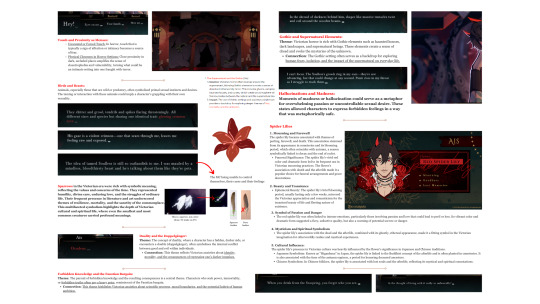
Vere

Leander

Kuras
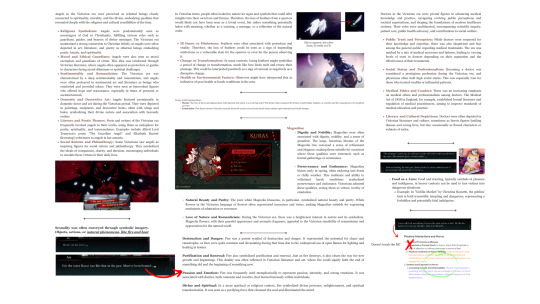
Mhin
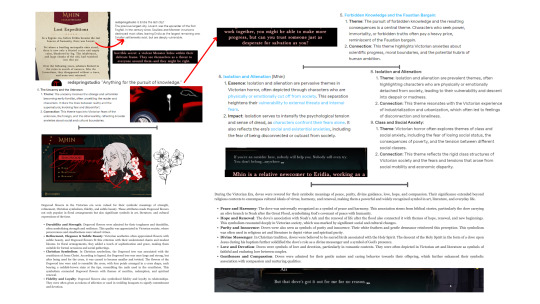

#THIS TOOK ME AGES#but it was worth it#vereletters#touchstarved theory#touchstarved theories#touchstarved ais theory#touchstarved vere theory#touchstarved kuras theory#touchstarved leander theory#touchstarved mhin theory#red spring studios#touchstarved#ts#touchstarved headcanons#touchstarved game#touchstarved oneshot#ais#ais headcanons#ais ts#ts ais#ais touchstarved#touchstarved ais#ais oneshot#vere#vere headcanons#vere ts#ts vere#vere touchstarved#touchstarved vere#vere oneshot
140 notes
·
View notes
Text

finally finished my sisi!crowley 💅🏻
#please don't ask what weird part of my brain came up with this#crowley#good omens#david tennant#neil gaiman#art#fanart#empress sisi#elisabeth das musical#myart#this took me AGES#fem!crowley
139 notes
·
View notes
Note
Just saw the color palette challenge, how about best parents Burt Hummel and Carol Hudson-Hummel in 13?

#i think the secret is#you have to squint really hard#maybe drink a little alcohol#also#really believe in it#and then i swear it almost looks like them!#lmao#i'm sorry??#but at least they are kinda cute#aren't they??#this took me ages#i never thought i would ever draw them#but i'm glad i did#so thank you :)#i hope you like it <3#burt hummel#carole hudson-hummel#glee#glee art#myno's stuff#postcard palette challenge#glee fanart#barole
59 notes
·
View notes
Text
Wouldn't it be nice? // dnp
#“this song is so dnp”#<- me about every single song vaguely romantic#here we go another edit#happy easter#this took me ages#the app was so glitchy#y'all better appreciate this#dnp#dan and phil#amazingphil#daniel howell#danandphilgames#dnpgames#phan#phil lester#phandom#danisnotonfire#dan and phil edits#dnpedit#phideo#phan edit
95 notes
·
View notes
Text
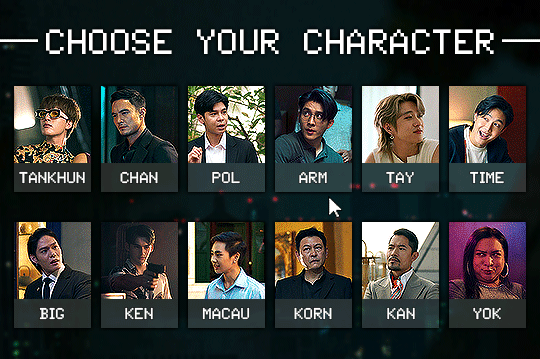
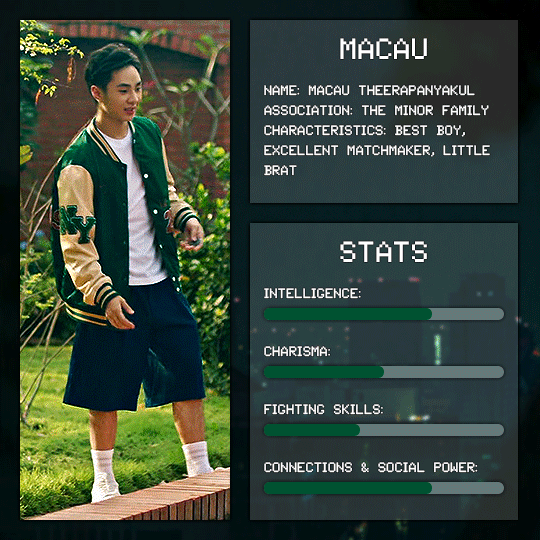

KINNPORSCHE ANNIVERSARY — WEEK 2: FAVOURITE SUPPORTING CHARACTER(S)
#LAST MINUTE SET LET'S GO#if u guys don't reblog this istg#this took me AGES#i worked the whole day this is not a joke#shoutout to the bestie @toppingjeffsatur for helping me and figuring out the stats for me 🫶#macau#kp bgc#vegaspete#kinnporsche#kinnporsche the series#bl shows#my gifs#leftontheladder#usertph#userboots#taggingmarion#userlinacies#saturntracks#kpappreciation#kp video game set
520 notes
·
View notes
Text

He does a little dance
1K notes
·
View notes
Text

Sing, sing, sing!!
if season 2 doesnt have alastor pulling out a swing number im rioting
plus some closeups bc i worked very hard


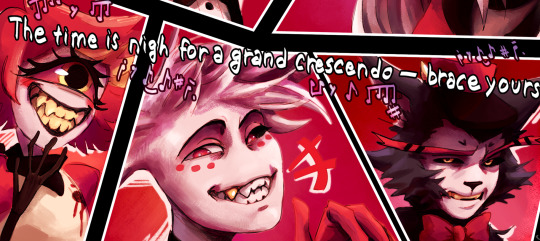
#hazbin hotel#hazbin fanart#hazbin art#hazbin alastor#hazbin hotel fanart#this took me AGES#uni is kicking my ass but i kick it better#alastor#charlie morningstar#vaggie#angel dust#hazbin hotel husk#niffty#hazbin#hazbin hotel comic#alastor art#hazbin hotel art#cosq hazbin art#cosq art
67 notes
·
View notes
Text

Sniper enjoying a morning cup of coffee
#procreate art#original art#digital art#tf2 fanart#tf2#tf2 sniper#tf2 sniper fanart#tf2 art#If you guess what map this is then well done#Feel free to add your guess in the tags if you rb#This took me ages#because of the chickenwire fence!! I drew it by hand#Anyway have a nice evening
65 notes
·
View notes
Photo

god dammit kris, why are we in hit 2008 indie rpg OFF????
#my art#deltarune#susie deltarune#kris#kris dreemurr#off mortis ghost#off#off game#deltarune meme#this took me ages#also sorry for the shit quality im very new at pixel art#and im not sure how to prevent it from going grainy#inspired by a post by zeeplaguedoktor
866 notes
·
View notes
Text
"Arise, Merlin, old friend! You don't need to swear an oath."
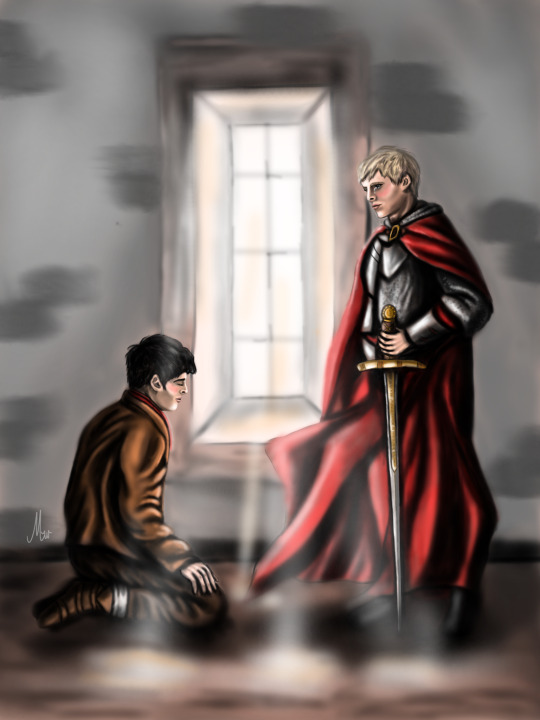
#merlin#merlin bbc#bbc merlin#merlin fanart#fanart#artists on tumblr#post magic reveal#my art#this took me ages#especially Arthur#still can't draw hands
113 notes
·
View notes
Text
HOLY FUCK, IT’S FINALLY DONE!! AFTER A FEW DAYS I PRESENT TO YOU THE GAY MONKEYS!!!!

W/ out shading + full sketch


Extra shit (1st & 2nd/final pass of figuring out wtf I want 2 dress them in, all sketches + lineart, flat color + shading + flowers)



#LMK#lego monkie kid#lmk six eared macaque#six eared macaque#lmk macaque#lmk sun wukong#sun wukong#lmk wukong#lmk shadowpeach#shadowpeach#this took me ages#I think my hands are gonna get scoliosis#or whatever it’s called#tetris draws skrunklies#HAPPY PRIDE MONTH FUCKERS#copy and paste carried me thru this drawing#I’d b dead w/ out it#NOT CLICKBAIT‼️‼️
185 notes
·
View notes
Text
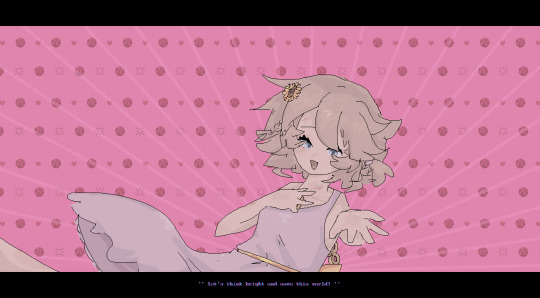
let's heal this world together
#miu himawari#sleepy nurse#my sona#my art#ms paint#oggghn i made this yesterday and yes it 's lore related#i usually. don't post lore art but i thought why not#since it usually takes ages and i only ever show it to my sister 😭😭#also this required like 3 ms paint canvases at the same time so shit could act like a layer#this took me ages
89 notes
·
View notes
Photo

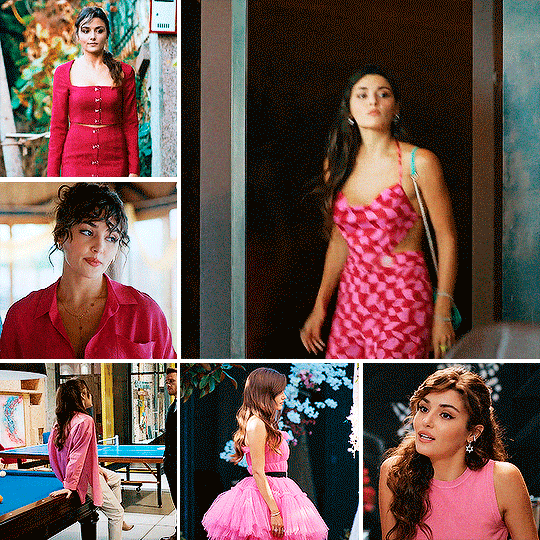

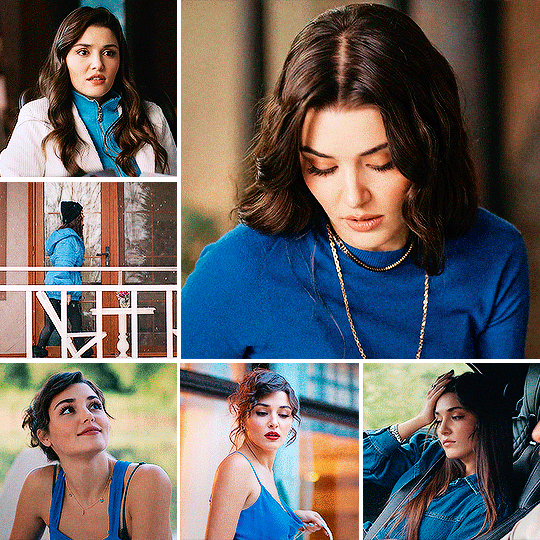

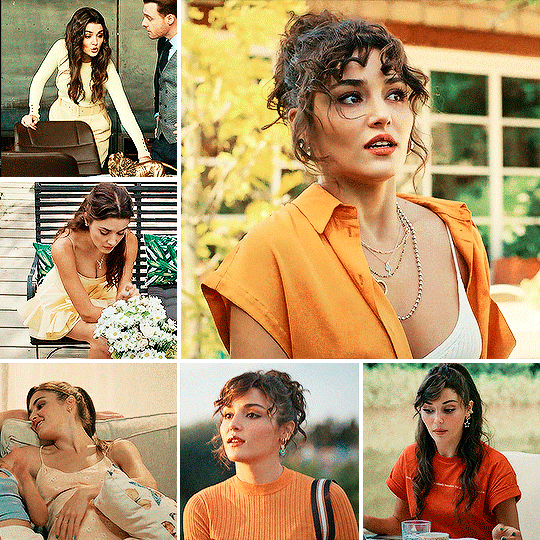
HANDE ERCEL AS EDA YILDIZ
#hande ercel#handeerceledit#sencalkapimiedit#turkishedit#turkishfcs#turkishdreams#tessgifs#userdevon#usermina#ozgesyagiz#dailywomen#dailywoc#tragicevils#idk who else to tag but hey#this took me AGES#and i'm finally somehow happy with how it turned out#just me.. back on my sçk bullshit#i have other gifsets planned to yeah#long post tw#ps*
312 notes
·
View notes